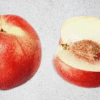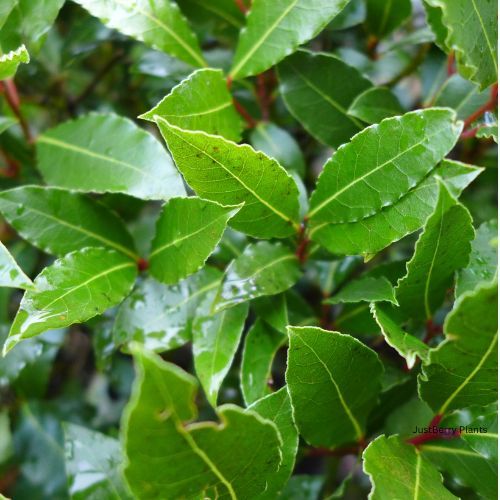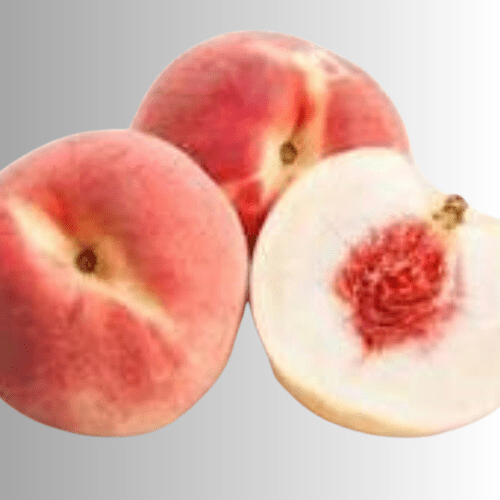Position
Plant in full sun. To produce fruit, it is essential to have enough sunlight for growth. Nectarine trees, known as one of the stone fruit varieties, require cold winters.
Size
Fire Pearl white nectarine trees can grow up to 6 metres tall.
Soil Type
Well-drained soil is essential so the tree’s roots never get waterlogged.
Mulch
Apply organic mulch to your nectarine tree all year round.
Use from 2 to 5 centimetres of pine bark mulch to protect the roots from UV damage and drying out. It retains moisture, and maintains an optimal pH. Do not let the mulch touch the plant stem, as it may cause infection or rot.
Watering
Regular watering is essential to prevent the roots from drying out.
Fertilising
We recommend applying an organic fertilizer every few months to ensure the tree’s health and improve fruit yield. One teaspoon of our slow-release Berry Fertiliser can be applied every 4-5 months.
Pruning
Pruning is essential for maintaining a tree’s shape and removing dead or diseased branches. Pruning helps to open for airflow.
Thinning
Thinning fruit on nectarine trees is essential for producing healthy, high-quality fruit. When trees produce excessive fruit, they can become stressed, resulting in smaller, weaker fruits that are more susceptible to disease.
Thin the fruit in late spring to early summer, when the fruit is marble-sized. Avoid thinning too early to prevent unnecessary fruit drop.
Focus on removing smaller or poorly positioned fruits, especially those clustered together, leaving about 10 to 15 cm between each nectarine. Also, remove any fruit showing signs of pests or disease to prevent the spread of issues.
Pests and Diseases
Nectarines can be susceptible to diseases such as peach leaf curl and brown rot. Use organic products as needed to control pests, and practice good garden hygiene by removing fallen fruit from the soil beneath the tree.
Agricultural Neem Oil or Effective Microorganisms (EM Control ) will assist in either prevention or after the fact. If you already have aphids or mites, wash the tree with a harsh hosing, and when dry, spray with Neem oil or EM Control. Nectarine trees need regular spraying before the onset of fruit and immediately after buds turn into small fruit. Continue regular organic spraying for high-quality fruit.
Harvesting
White nectarines are typically ready for harvest in the summer. The fruit should be slightly soft and have a sweet aroma. Be gentle when picking to avoid bruising.












